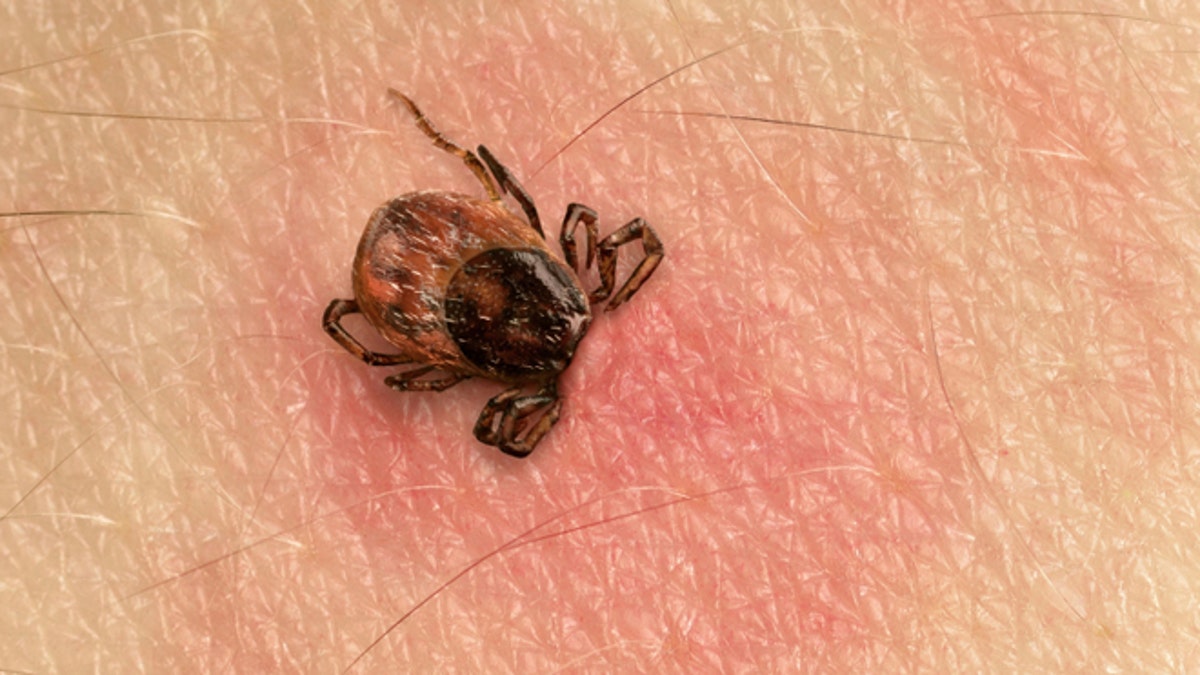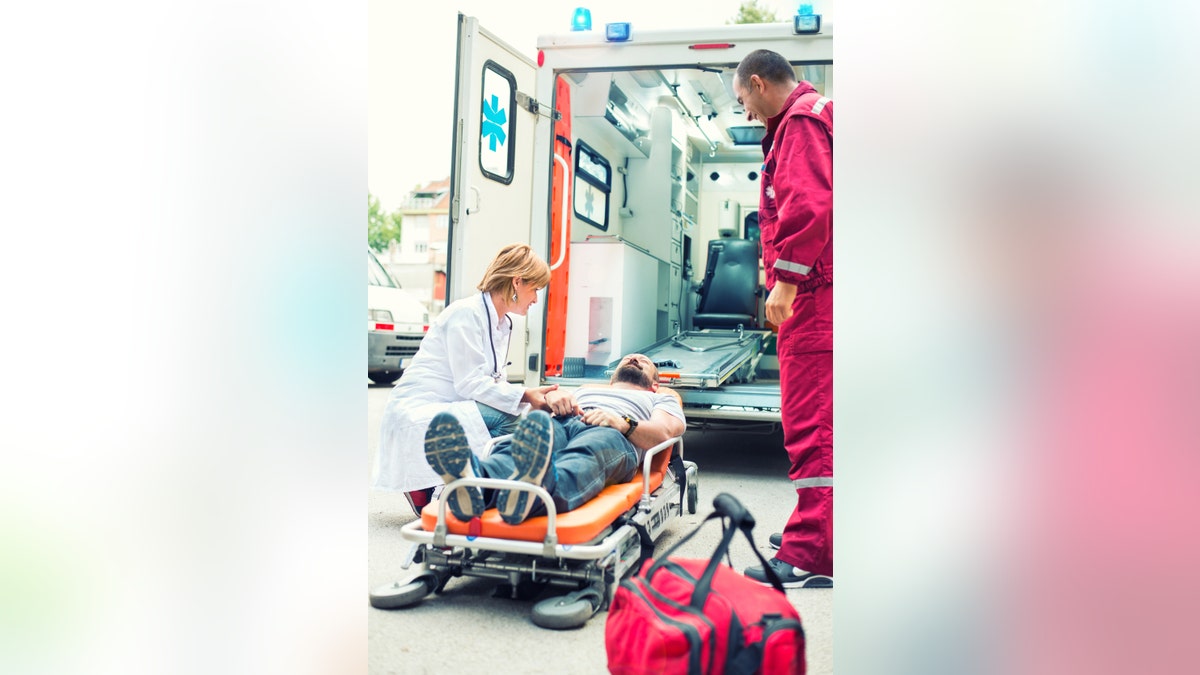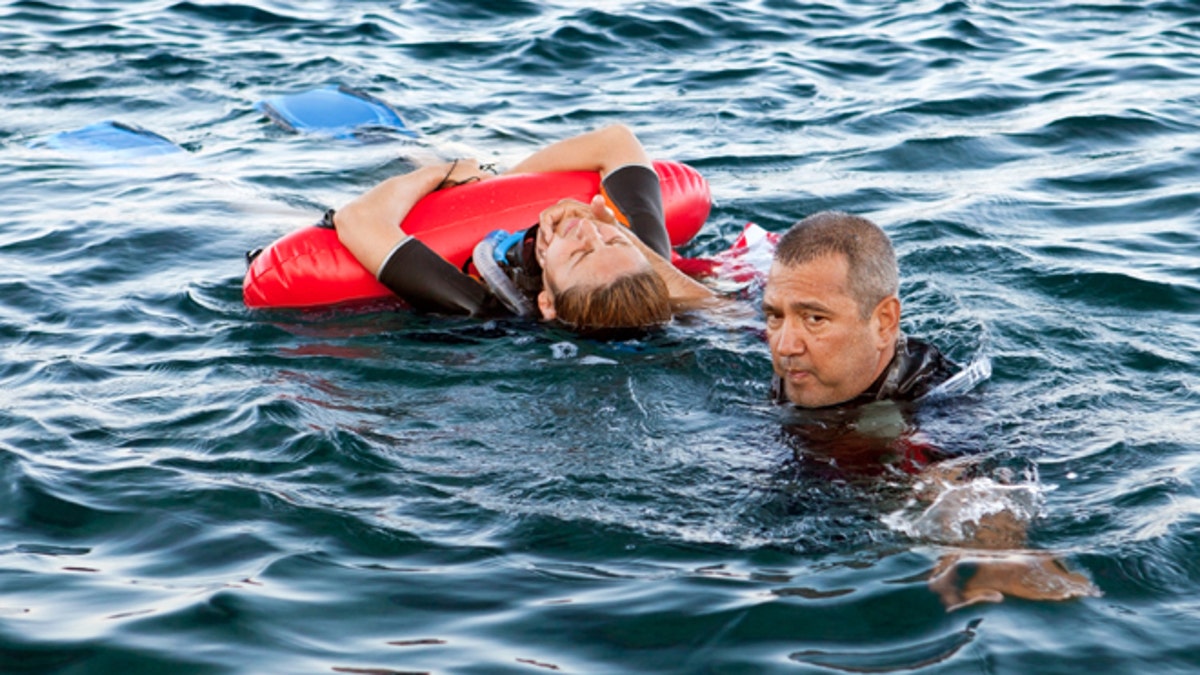A vacation is supposed to be a time to relax, re-energize, and forget about stress and all that is wrong with the world, but this could be when the “wrong” attacks.
Skipping out on holidays can kill you, according to science, but a vacation doesn’t come without possible health risks. Do your homework before you book a flight because you may be headed to a place where Dengue fever is widespread or where venomous snakes are lurking.
Make sure you are not prone to deep vein thrombosis, which can be deadly. Always be prepared for the worst, just in case you get stranded on a cold mountain for days or end up a victim of theft on a busted cruise ship.
Vacation hazards are common everywhere, whether you choose to go camping in the mountains, skydiving in Dubai, relaxing on a tropical beach or exploring the jungle on safari.
It’s important to look out for signs of trouble and be cautious of your surroundings. Deadly animals, lethal viruses, extreme weather conditions, and adrenaline pumping sports all put you at high risk for a vacation gone wrong.
1. Snake and spider bites

(iStock)
Spider venom is designed to kill or paralyze smaller prey, but that doesn’t mean it can’t do damage to a person. Some species can produce skin lesions or allergic reactions that result in fatalities, according to Britannica. Out of 43,000 spider species in the world, only 30 are responsible for human deaths. Brazilian Wandering Spiders (banana spiders) are the deadliest, and they are found in banana leaves. But don’t think they can’t get to you. A family in London was evacuated in 2014 after finding hundreds of potentially deadly spiders in a bunch of bananas. About 125,000 people die from snake bites every year, according to the World Health Organization (WHO); Another 400,000 people are permanently disabled or disfigured.
2. Norovirus on cruises

(iStock)
Norovirus is very contagious and can hurt anyone. People can get it from contaminated food or water, or by touching contaminated surfaces. Stomach or intestines, or both become inflamed, leading to stomach pain, nausea, and diarrhea. Norovirus spreads swiftly wherever there are many people in a small area. The CDC has listed many instances of outbreaks on cruises. Just recently, 82 people on such a trip were sickened with the gastrointestinal bug. In 2016, a second cruise ship outbreak was investigated by the CDC’s Vessel Sanitation Program (VSP).
3. Lyme disease

Tick with its head sticking in human skin, red blotches indicate an infection (iStock)
Most cases of Lyme disease are transmitted by deer ticks. In the South, however, a slightly different “Lyme disease” may be transmitted by the Lone Star tick, according to Travel Medicine. The risk of infection in humans increases from late spring through the summer months and into fall. Risk areas include woodland, moorland, parkland, heaths and gardens with wildlife. Areas with deer and sheep are especially risky. Although these animals do not carry Lyme disease, ticks feed on them. Fox News recently reported that the CDC had found new bacteria species that causes Lyme disease. The agency issued a warning that the risk of Lyme Disease has risen. You're more likely to get it if you spend time in grassy and heavily wooded areas where these ticks thrive.
4. Lack of emergency treatment and services

(iStock)
If you are on vacation and ready to try new things, test your limits and explore new places. However, that increases the risk of dangerous incidents. Depending on where you are, there may be no facilities that can provide immediate medical help. A man in Fiji died in 2012 of food poisoning after no doctors were available nearby and his family received no help in getting an ambulance. International SOS, which provides medical, clinical, and security advice to travel agencies, created a map of countries where medical help is practically non-existent or severely overtaxed. Most of them are in Africa.
5. Irregular sleep patterns

(iStock)
Jetlag is a common problem. Missing hours accumulate and can lead to disastrous consequences. Travel-induced insomnia, or short-term insomnia, according to WebMD, occurs fairly often. Possible stressors include changes in the sleeping environment such as temperature, light and noise. Traveling to a place that is a few hours ahead of behind is a common cause. According to the Palo Alto Medical Foundation, jet lag can result in anxiety, drowsiness (leading to drowsy driving), forgetfulness, distractibility, decreased performance and alertness, and memory and cognitive impairment. Sleepwalking, although rare, is also a risk. It is associated with fatigue, lack of sleep, and anxiety as well as abuse of sedatives or other medicines, such as some sleeping pills. The latter are in their own category of “dangerous.” Common side effects include dizziness, headaches, attention problems, and drowsiness. Some prescription pills have been known to cause erratic behavior, such as sleepwalking.
6. Drowning

(iStock)
Imagine kids in pools, in the sea or caught in rip currents. A quick online search will show you dozens of such tragic incidents – a 5-year-old boy drowned on holiday in Spain; a 10-year-old girl died on a Norwegian cruise line ship; a 3-year-old was died after he was found unconscious in a Disney resort swimming pool. In addition, rip currents are known as the ocean’s deadliest trick. The United States Lifesaving Association estimates that the annual number of deaths due to rip currents on the country is more than 100. They account for over 80 percent of rescues performed by surf beach lifeguards. While drinking and swimming may sound like fun, it is unsafe. Data from the CDC shows that among adolescents and adults, alcohol use is involved in up to 70 percent of deaths associated with water recreation and about 20 percent of reported boating deaths.
7. Dengue fever
Remember the recent Dengue outbreak in Hawaii? The mosquito-borne viral disease is rarely deadly but it will ruin your vacation. Up to 50 million infections occur annually with 500,000 cases of dengue haemorrhagic fever and 22,000 deaths mainly among children, according to WHO. It is a febrile illness that affects infants, young children and adults with symptoms appearing 3-14 days after the infecting bite. Symptoms include mild or incapacitating fever, severe headache, pain behind the eyes, muscle and joint pain, and rash. Dengue fever is most common in Southeast Asia and the western Pacific islands, but it has been increasing in Latin America and the Caribbean as well. There is no vaccine.

(iStock)
8. Extreme sports injuries
A failing parachute during an adventurous skydive is not common, but it has happened before. A Texas teen survived 3,500-foot skydive plummet in 2014. More than 4 million injuries have been attributed to extreme sports between 2000 through 2011, according to data collected by the National Electronic Injury Surveillance System. More than 40,000 such injuries occur annually among participants in skateboarding, snowboarding, mountain biking and motocross. The number of serious injuries has increased as participation in extreme sports continues to grow, according to a study.

(iStock)
Check out more health hazards you should know about before you book your next vacation.
More from The Active Times
15 Dirtiest Cities in the World
Earthquakes, Hurricanes and 8 Other Natural Disasters Everyone Should Be Prepared For
